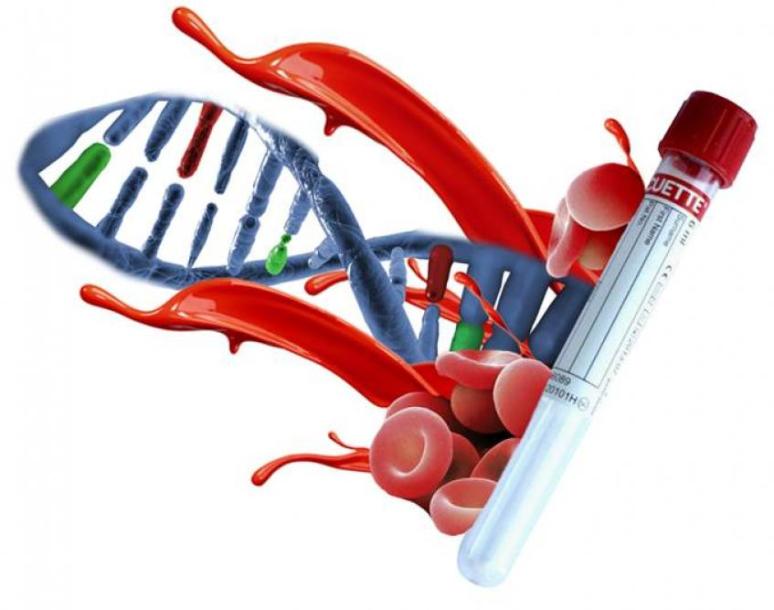Researchers
at Dana-Farber Cancer Institute have developed a classification system
to determine whether a patient with asymptomatic Waldenström
macroglobulinemia has a low, intermediate or high risk of developing
symptomatic disease.
“This study is part of the efforts conducted by the Center for Prevention of Progression of Blood Cancers
(CPOP) at Dana-Farber that aim to understand how blood cancers progress
over time from early precursor stages,” Irene Ghobrial, MD, director of
CPOP and the Michele & Steven Kirsch Laboratory for Waldenström’s
Research, said in a press release. “We also try to identify biomarkers that predict cancer progression and provide these patients with early therapeutic interventions.”
Waldenström
macroglobulinemia is a rare form of non-Hodgkin lymphoplasmacytic
lymphoma of the bone marrow marked by production of monoclonal
immunoglobulin M (IgM) protein —which gathers in the blood, weakens circulation and can cause complications.
Researchers
studied 439 patients with asymptomatic Waldenström macroglobulinemia
(median age at diagnosis, 61 years; range, 26-91; 62.2% men) who had
been diagnosed and observed at Dana-Farber from 1992 to 2014 to
determine risk factors for progression to symptomatic disease.
Progression to symptomatic Waldenström macroglobulinemia that required chemotherapy served as the primary endpoint.
Median follow-up was 7.8 years.
Seventy-two percent of patients (n = 317) progressed to symptomatic disease during the 23-year study period.
Median
time to progression from diagnosis of asymptomatic disease to
symptomatic disease was 3.9 years (95% CI, 3.2-4.6), and the probability
of progression within 2 years of diagnosis was 30.8% (95% CI,
26.7-35.3).
Independent
predictors of disease progression included IgM of 4,500 mg/dL or
greater, bone marrow lymphoplasmacytic infiltration of 70% or greater,
2-microglobulin of 4 mg/dL or greater, and albumin levels less than 3.5
g/dL.
Using
these four values as continuous measures, researchers trained and
cross-validated a proportional hazards model to evaluate progression
risk. The risk model stratifies patients into three groups: high risk
(median time to progression [TTP], 1.8 years), intermediate risk (median
TTP, 4.8 years) and low risk (median TTP, 9.3 years).
Get to know more about hematology/ oncology at World Hematology 2019

No comments:
Post a Comment